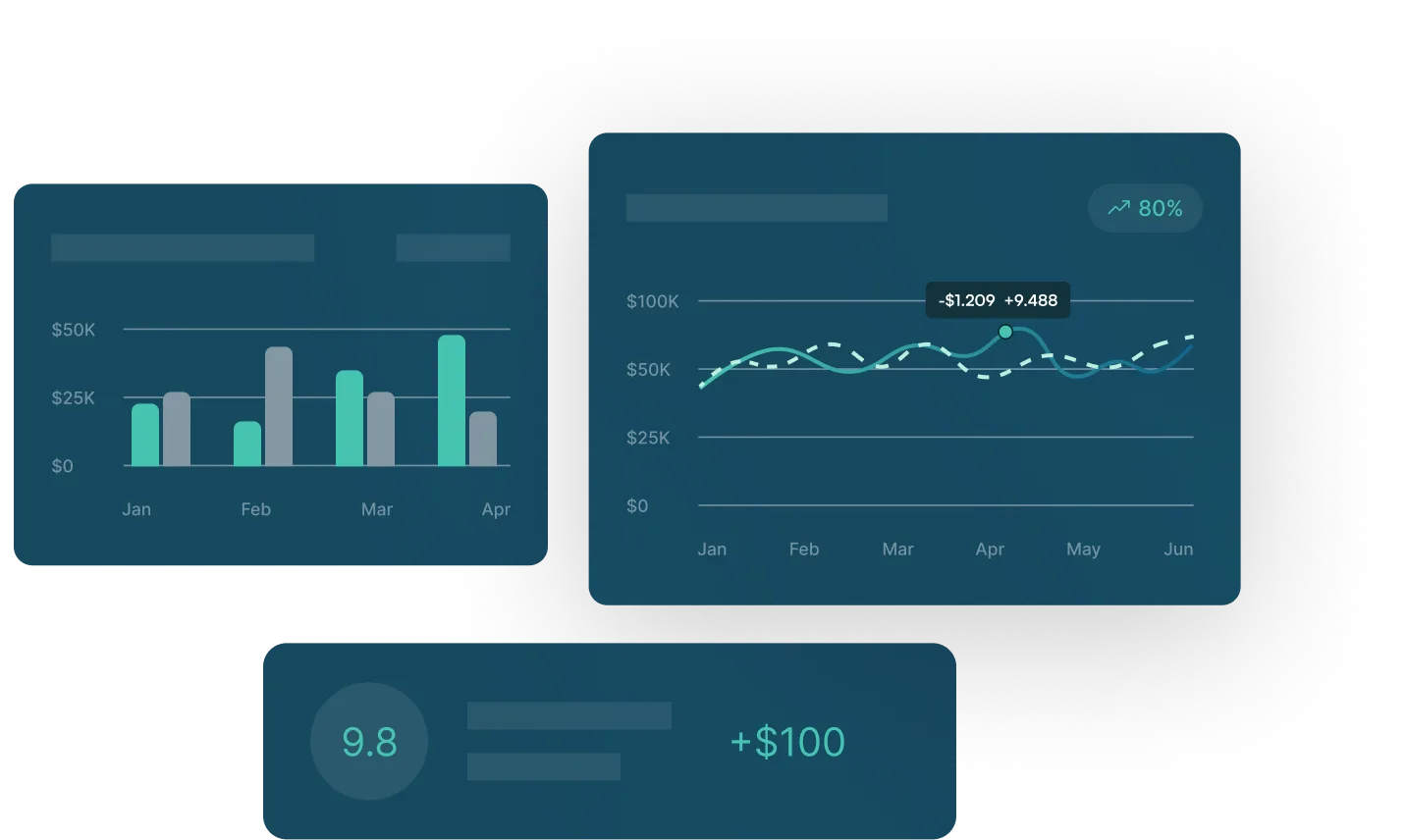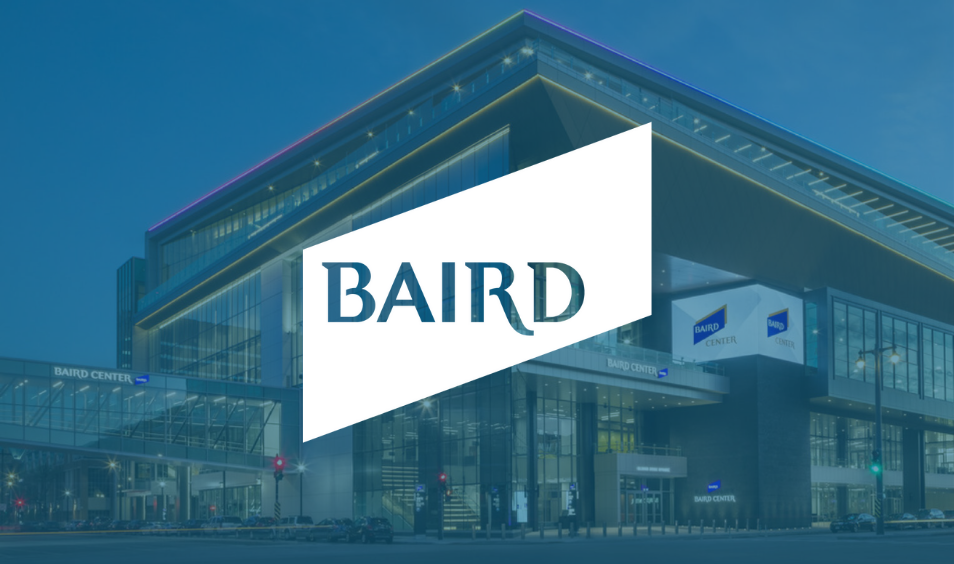Pioneer Natural Resources


Key Takeaways
Implemented TMS within 90 days
Reduced time spent on cash management across entities
Reduced cash management FTEs by three, improving efficiency
Headquartered in Irving, Texas, Pioneer Natural Resources is a Fortune 500 independent oil, gas exploration and production company. The company employs over 3,000 people and had revenues of more than $9.4 billion in 2018.
Independent oil and gas company Pioneer Natural Resources has a seven-strong treasury department managing activities including AR, debt and investments. While the company has modest transaction volumes, the value of its transactions tends to be high. When Pioneer adopted a new ERP system, consultants proposed that the cash management module could replace the recently acquired TMS. But it was clear that the ERP module lacked much of GTreasury’s functionality—so Pioneer Treasury and the consultants led a new plan to integrate the two, locking in some major efficiency improvements along the way.
“If you currently have a TMS, make sure you understand what your ERP system will not be able to do.”
Paul Banks
Treasury Manager
Challenges
When Treasury Manager Paul Banks joined Pioneer, he found that the treasury team was using spreadsheets to handle cash management—and accessing account balances involved using five different banking portals.
Banks had first-hand experience of the power of a dedicated treasury management system (TMS) at his previous company, and he quickly began exploring the benefits of this approach for Pioneer. Getting buy-in from other departments such as AP, legal and IT brought some challenges, but following an RFP, Pioneer selected GTreasury’s solution.
The treasury team quickly embraced the new functionalities brought by GTreasury. But a couple of years later, the company began a project to replace its outdated ERP system with a new system that included a cash management module. The consulting firm appointed to help with the implementation identified a number of systems that would no longer be needed with the new ERP—and GTreasury was on the list.
“I was totally against that,” said Banks. He explains that once testing began, the treasury team realized that the new ERP lacked much of GTreasury’s functionality in key areas such as reporting, cash positioning, bank fee analysis and the use of bank transaction rules. “To me, that’s one of the strongest points of GTreasury—the bank transaction rules and all you can make them do, as well as the ability to move transactions around within your worksheet.”
Solution
Unwilling to lose GTreasury’s functionality, the treasury team decided that their TMS had to stay. Instead of replacing it with an ERP module, Pioneer Treasury and the consultants devised a plan to build a process allowing the ERP to interact with GTreasury.
To help with this, GTreasury’s back office team worked closely with Pioneer’s treasury to enable data to be loaded into the ERP. This involved opening a test environment, building a file and changing the relevant bank transaction rules. The timing was tight, with a 90-day window between getting the GTreasury file ready for the ERP and going live—but the project was a resounding success.
Results
The continuing use of GTreasury for investment transactions, bank-to-bank transactions and wire transfers—as well as cash positioning, reporting and bank fee analysis—has brought clear benefits. In the past, four people were involved in working on cash management for different entities—but today this is a task involving only one person. Others have been reallocated within the treasury team to focus on other tasks such as Joint Interest Billing (JIB), an accounting mechanism used in the oil and gas industry.
Where performance is concerned, Banks notes that in five years there have been no instances of the system going down or difficulties logging in. He also notes the responsiveness of GTreasury’s support team: “I can’t think of one time when we had an issue that didn’t get a response.” Looking forward, Banks says he expects to use additional GTreasury functionalities, such as cash flow forecasting.
For other treasury professionals weighing up the benefits of a TMS versus an ERP system, Banks has some advice to offer. “If you currently have a TMS, make sure you understand what your ERP system will not be able to do,” he says. “You don’t want to lose any functionality, reporting or visibility of cash.” Banks also notes the importance of working with a TMS flexible enough to accommodate changes to the company’s ERP system.
As Pioneer has demonstrated, the arrival of a new ERP doesn’t have to mean the end of the TMS. “I’ve seen it so often where people have ERPs and continue to use a TMS for all their treasury accounting,” Banks concludes. “Just because you have an ERP doesn’t mean you have to get rid of your TMS.”
Pioneer Natural Resources
Key Takeaways
Implemented TMS within 90 days
Reduced time spent on cash management across entities
Reduced cash management FTEs by three, improving efficiency
Headquartered in Irving, Texas, Pioneer Natural Resources is a Fortune 500 independent oil, gas exploration and production company. The company employs over 3,000 people and had revenues of more than $9.4 billion in 2018.
Independent oil and gas company Pioneer Natural Resources has a seven-strong treasury department managing activities including AR, debt and investments. While the company has modest transaction volumes, the value of its transactions tends to be high. When Pioneer adopted a new ERP system, consultants proposed that the cash management module could replace the recently acquired TMS. But it was clear that the ERP module lacked much of GTreasury’s functionality—so Pioneer Treasury and the consultants led a new plan to integrate the two, locking in some major efficiency improvements along the way.
“If you currently have a TMS, make sure you understand what your ERP system will not be able to do.”
Paul Banks
Treasury Manager
Challenges
When Treasury Manager Paul Banks joined Pioneer, he found that the treasury team was using spreadsheets to handle cash management—and accessing account balances involved using five different banking portals.
Banks had first-hand experience of the power of a dedicated treasury management system (TMS) at his previous company, and he quickly began exploring the benefits of this approach for Pioneer. Getting buy-in from other departments such as AP, legal and IT brought some challenges, but following an RFP, Pioneer selected GTreasury’s solution.
The treasury team quickly embraced the new functionalities brought by GTreasury. But a couple of years later, the company began a project to replace its outdated ERP system with a new system that included a cash management module. The consulting firm appointed to help with the implementation identified a number of systems that would no longer be needed with the new ERP—and GTreasury was on the list.
“I was totally against that,” said Banks. He explains that once testing began, the treasury team realized that the new ERP lacked much of GTreasury’s functionality in key areas such as reporting, cash positioning, bank fee analysis and the use of bank transaction rules. “To me, that’s one of the strongest points of GTreasury—the bank transaction rules and all you can make them do, as well as the ability to move transactions around within your worksheet.”
Solution
Unwilling to lose GTreasury’s functionality, the treasury team decided that their TMS had to stay. Instead of replacing it with an ERP module, Pioneer Treasury and the consultants devised a plan to build a process allowing the ERP to interact with GTreasury.
To help with this, GTreasury’s back office team worked closely with Pioneer’s treasury to enable data to be loaded into the ERP. This involved opening a test environment, building a file and changing the relevant bank transaction rules. The timing was tight, with a 90-day window between getting the GTreasury file ready for the ERP and going live—but the project was a resounding success.
Results
The continuing use of GTreasury for investment transactions, bank-to-bank transactions and wire transfers—as well as cash positioning, reporting and bank fee analysis—has brought clear benefits. In the past, four people were involved in working on cash management for different entities—but today this is a task involving only one person. Others have been reallocated within the treasury team to focus on other tasks such as Joint Interest Billing (JIB), an accounting mechanism used in the oil and gas industry.
Where performance is concerned, Banks notes that in five years there have been no instances of the system going down or difficulties logging in. He also notes the responsiveness of GTreasury’s support team: “I can’t think of one time when we had an issue that didn’t get a response.” Looking forward, Banks says he expects to use additional GTreasury functionalities, such as cash flow forecasting.
For other treasury professionals weighing up the benefits of a TMS versus an ERP system, Banks has some advice to offer. “If you currently have a TMS, make sure you understand what your ERP system will not be able to do,” he says. “You don’t want to lose any functionality, reporting or visibility of cash.” Banks also notes the importance of working with a TMS flexible enough to accommodate changes to the company’s ERP system.
As Pioneer has demonstrated, the arrival of a new ERP doesn’t have to mean the end of the TMS. “I’ve seen it so often where people have ERPs and continue to use a TMS for all their treasury accounting,” Banks concludes. “Just because you have an ERP doesn’t mean you have to get rid of your TMS.”

See GTreasury in Action
Get connected with supportive experts, comprehensive solutions, and untapped possibility today.






















.jpg)

.png)


.png)




































.png)









.png)







.jpeg)

.jpeg)





























